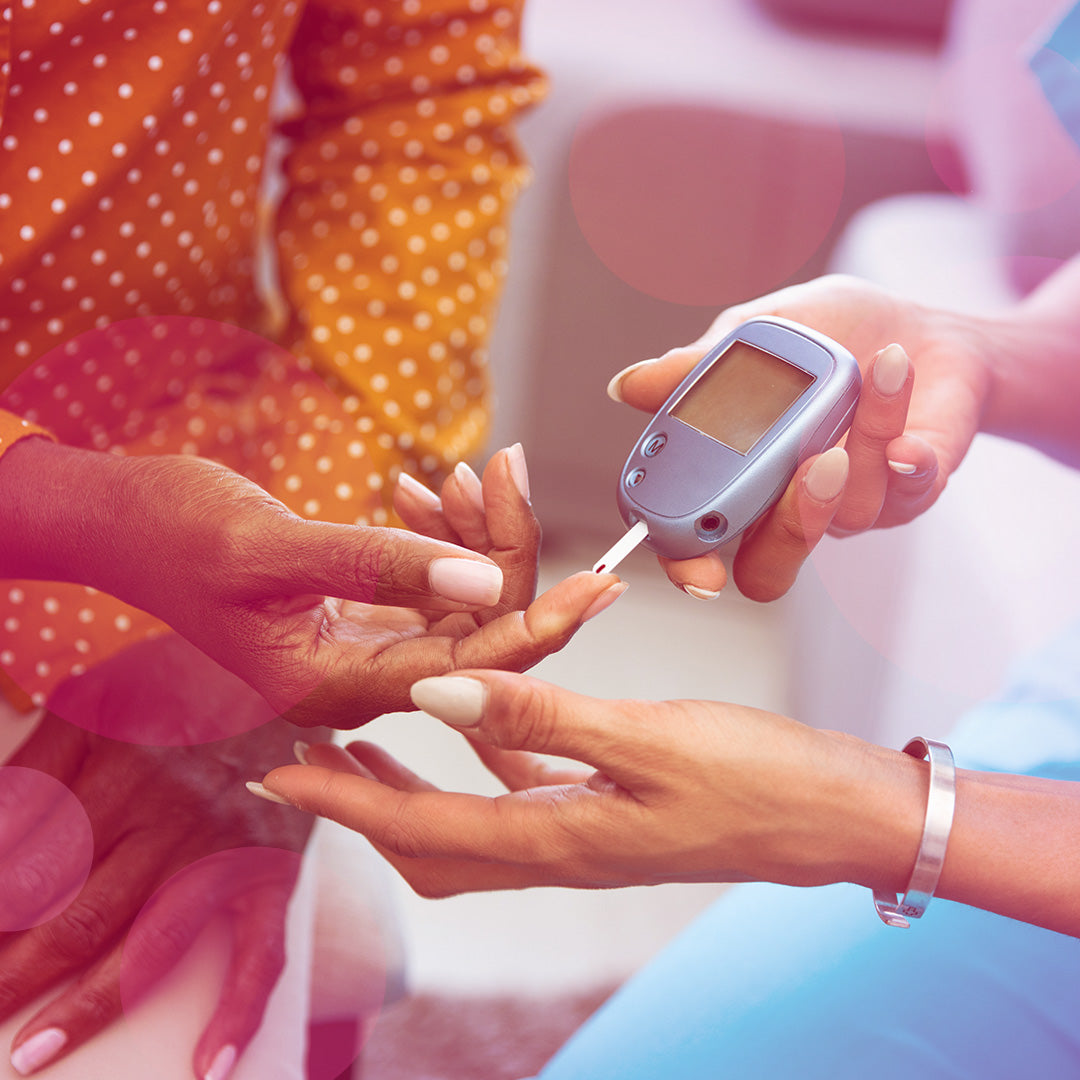
Blood Sugar Balance

Blood Sugar Balance
Diabetes is a serious condition affecting 7.8 percent of the population, according to the American Diabetes Association. The World Health Organization (WHO) predicts that 300 million people worldwide will have diabetes by the year 2025. Those are alarming figures, particularly since the disease is preventable with simple lifestyle changes. Complications of diabetes include blindness, erectile dysfunction, kidney disease, gangrene and heart disease. According to the Canadian Diabetes Association, 80 percent of those with diabetes will die from heart disease or stroke.
There are three forms of diabetes. Type 1 diabetes is also known as Insulin Dependent Diabetes Mellitus (IDDM) or juvenile diabetes; it typically strikes before the age of 30. It occurs when the pancreas no longer produces sufficient insulin, a crucial hormone in the transportation of sugar to our cells. In over 85 percent of those with Type 1 diabetes, the immune system destroys the pancreatic insulin-secreting beta cells. The inability of the pancreas to produce insulin causes glucose to build up in the bloodstream. Because glucose is not transferred to the cells, the cells starve.
Type 2 diabetes, also called Non-Insulin Dependent Diabetes Mellitus or NIDDM, affects about 90 percent of those diagnosed with diabetes. Those with Type 2 diabetes tend to be overweight and over 40, but increasingly today we are seeing more Type 2 diabetes in young children. In Type 2 diabetes, although the pancreas may produce low or normal amounts of insulin, the peripheral organs and tissues have become resistant to insulin’s effects.
Gestational diabetes occurs in about two to five percent of pregnancies. Women who develop gestational diabetes, and their offspring, are at much higher risk of diabetes later in life.
Symptoms of diabetes include excessive hunger and thirst, frequent and copious urination and weight fluctuations: Type 1 generally causes weight loss, and Type 2 is associated with weight gain. Watch for cuts and bruises that are slow to heal, and tingling or numbness in your hands and feet. Extreme lack of energy, itchy skin and blurred vision are also involved. Recurring bladder and vaginal yeast infections may also be present. Skin tags that grow on the neck, face, armpit, groin and the folds under the breasts are also a sign of diabetes. Sixty percent of those with skin tags have diabetes. Type 2 diabetes is an insidious condition, with symptoms appearing so gradually that they often go unnoticed.
Type 1 diabetes results from damage to the cells in the pancreas responsible for insulin production as a result of a virus, infection or other immune system destruction. It is also possible that an allergy to the albumin in milk promotes destruction of the insulin-producing cells. Mothers are encouraged to breastfeed their children, as clinical research shows that breastfed infants do not develop Type 1 diabetes as often as those on milk-based formulas. Researchers have found that the introduction of gluten-containing foods before the age of 6 months may also increase the risk of developing Type 1 diabetes in childhood.
A growing body of research has found a connection between diet and lifestyle and the development of Type 2 diabetes. The Western diet of high sugar and high fat, coupled with a lack of fruits, vegetables and fiber leaves many people undernourished and overweight. Insulin is the main hormone that contributes to our weight problem. The standard, high-carbohydrate, low-protein diet is disrupting our bodies’ ability to regulate blood sugar adequately. When we are pumping out too much insulin in order to reduce abnormally high blood glucose, we inevitably gain weight and become fat, and our cells become resistant to insulin and weight loss. Everyone who is overweight has insulin resistance, and this resistance puts them at a higher risk for diabetes as well as heart disease. Those with an apple-shape or “beer belly,” with excess weight around the middle, are at serious risk of disease. In North America, one in four children between the ages of two and five are obese. Over 60 percent of the adult population is overweight, and 15 to 30 percent are considered obese.
| Nutrient | Dosage | Benefit |
|---|---|---|
| GLUCOsmart |
1-2 capsules daily |
Promotes healthy glucose metabolism. Beneficial for building muscle |
| BRAINsmart | 2 capsules daily |
Helps to reduce fatigue and support cognitive function in the elderly |
| PROTEINsmart with CLA |
2 scoops daily containing: CLA 5000 mg |
Supports weight management |
| Borage Oil / GLA Skin Oil |
4 capsules or 1- 2 tsp daily |
High source of essential fatty acids |
| Omega 3 + Coq10 |
4 softgels daily
|
Source of EPA and DHA for the maintenance of good health |
| MULTIsmart | 6 capsules or 2 packets daily | For complete nutrient support |
Decreases total cholesterol and triglycerides and blood sugar levels